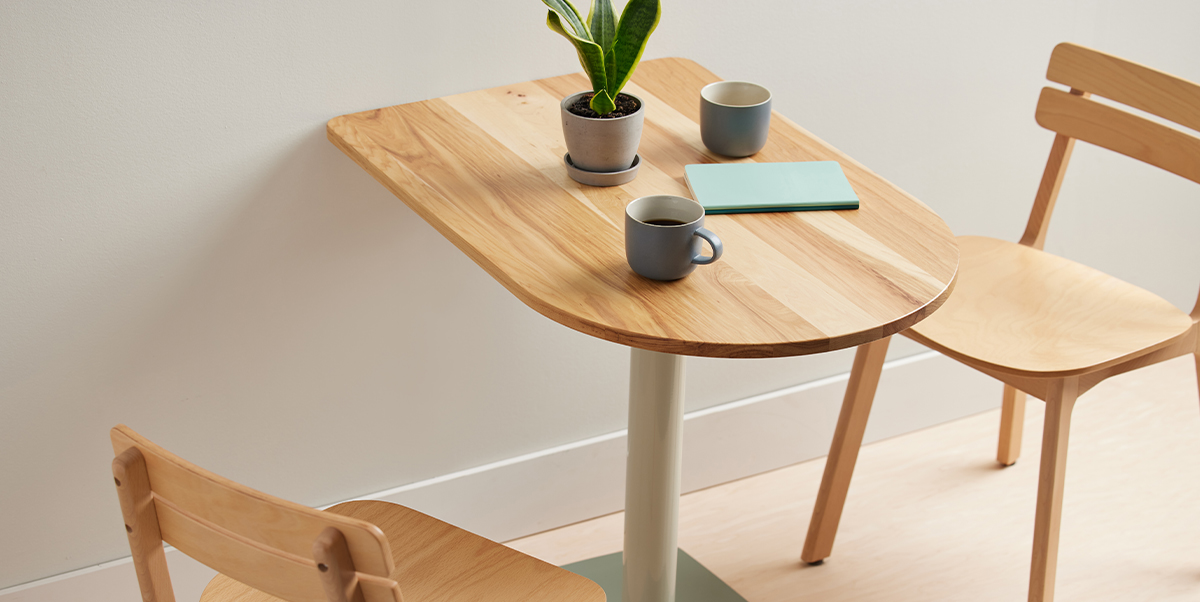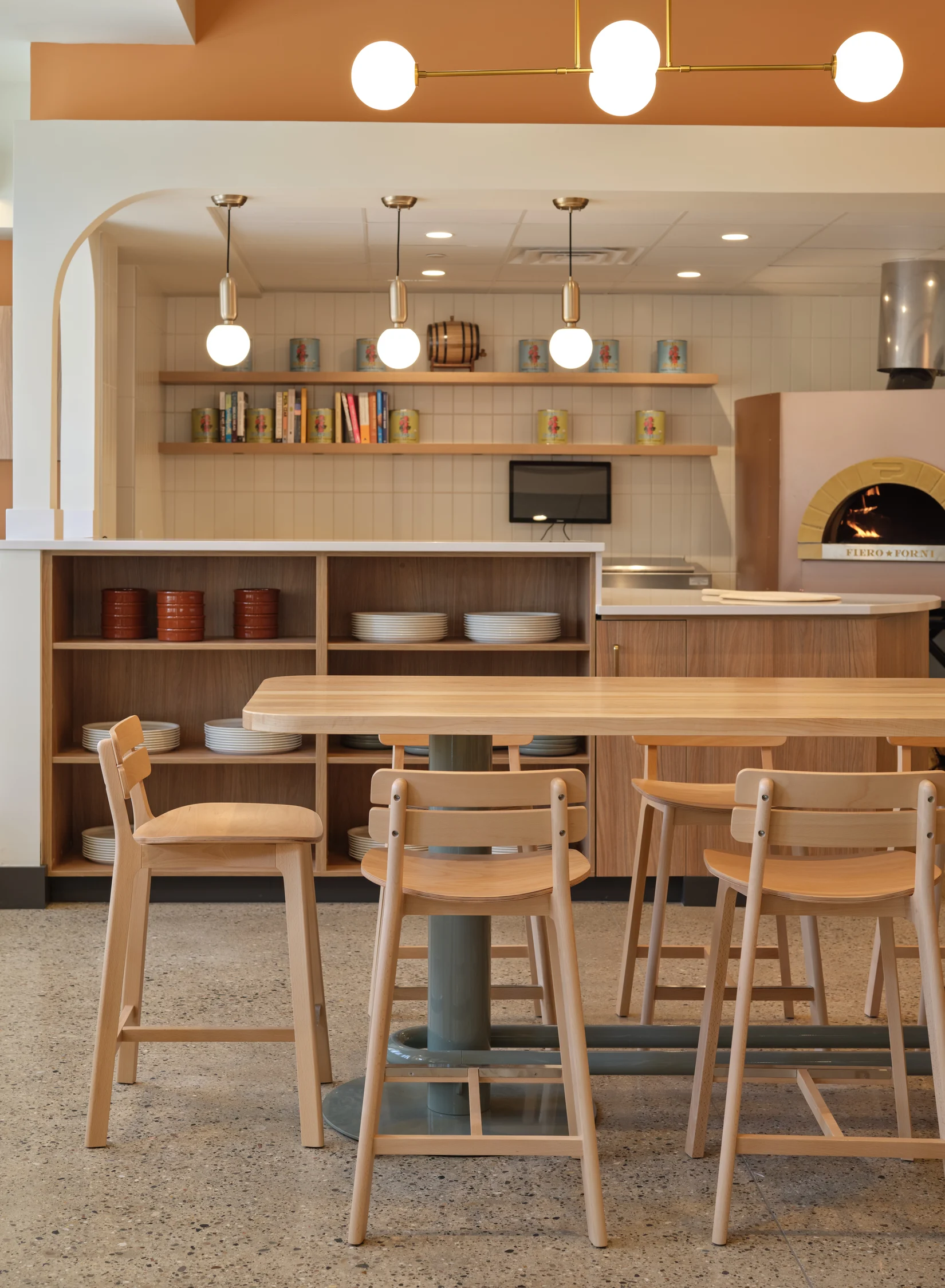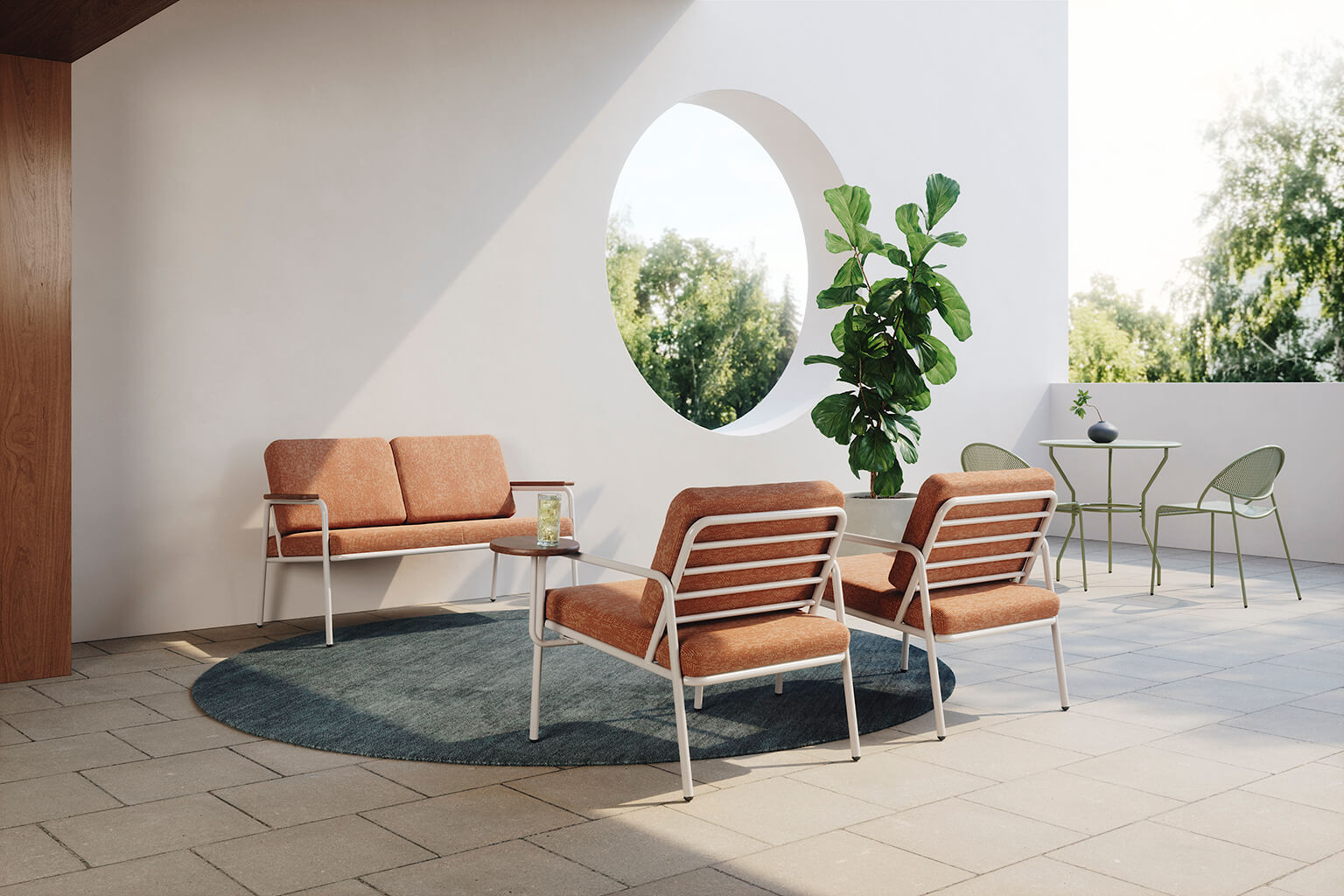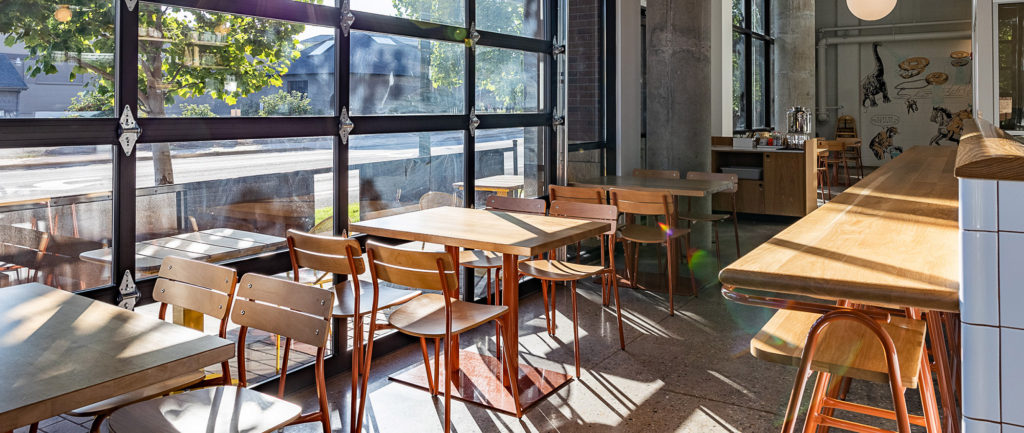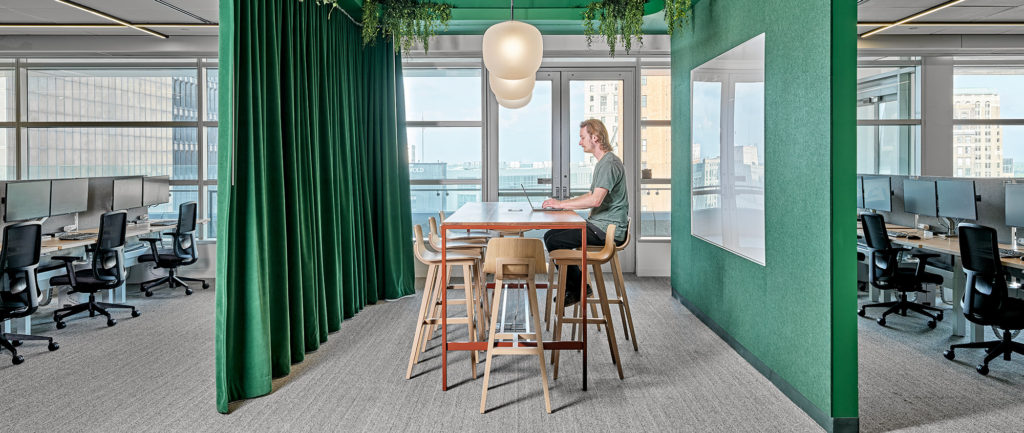Embracing Biophilic Design — Transforming Spaces into Havens of Comfort and Connection
Learn about the biophilic design principles that have emerged as a driving force to elevating organic forms and natural elements to a position of prominence.

A remarkable metamorphosis is unfolding in the landscape of interior design and architecture, ushering in a paradigm shift that not only enhances aesthetics but also redefines the very core of the built environment. Within this dynamic landscape, biophilic design principles have emerged as a driving force, elevating organic forms and natural elements to a position of prominence. These elements now serve as embodiments of a profound link to comfort, human connectivity, and our innate love of nature. Designers and architects, attuned to the impact of our surroundings on our well-being, have embarked on a journey to create spaces that harmonize with our essence, fostering tranquility, connection, and a deeper bond with nature.
The Effect of Biophilic Design
Gone are the days of rigid angles and austere lines. In their place, we now witness the allure of organic shapes, gracefully mirroring the gentle curves found in the natural realm. These fluid forms effortlessly guide the energy within a room, transforming spaces into sanctuaries of relaxation, creativity, and human connection. Plush upholstered cushions embrace newfound generosity, while wooden and metal fixtures shed their cold demeanor in favor of softened contours and captivating silhouettes. The incorporation of plants and greenery breathes life into our environments, facilitating comfort and encouraging effortless interactions.
The Onesima (O-nes-ima) Table Collection is a testament to the power of smooth lines, gentle forms, and the captivating allure of natural materials, which effortlessly lends itself to biophilic design. This collection stands as a dedicated effort to bring people together, offering seamless customization options that cater to individual preferences and spaces. Each piece of the Onesima Collection serves as a catalyst for flexible spaces that foster an environment where bonds are forged and relationships thrive.
Natural Materials that Connect Us to Nature
But it doesn't stop at shapes alone; the integration of natural materials plays a pivotal role in our quest to connect to nature. Wood, woven fibers, and earthy color palettes serve as the gateway, effortlessly infusing warmth, authenticity, and a tangible connection to nature into our everyday spaces. As we surround ourselves with these elements, our environments resonate with our intrinsic connection to the Earth, nurturing a sense of tranquility and solace. Take, for instance, this application of Brooke seating with the Frankie Communal Table which brings the warmth of hardwood together with softened shapes and an earthy color palette. Together the visual and tactile elements evoke the natural world.
RELATED: Looking to incorporate wood into your next design? Learn more about our solid American hardwood table top options and their made in Michigan manufacturing journey.
Design Rooted in Human Needs
Comfort-centered design extends beyond physical comfort to encompass emotional well-being as well. Businesses across various industries are actively seeking ways to create functional and peaceful spaces that support overall well-being. One effective approach to achieving this balance is by incorporating furniture design elements that support restoration. By integrating gentle curves, soft cushions and a more relaxed sit, we establish a welcoming atmosphere that encourages engagement with both the environment and its occupants. Furniture that embraces physical and visual comfort fosters a sense of tranquility, relaxation, and overall well-being.
An embodiment of this mindset is found in the Rita Lounge and Loveseat. Designed to be just as inviting indoors as it is outdoors, the Rita collection features plush cushions and a tubular frame with rounded corners that invite relaxation and socialization. The collection also offers customization options, allowing for the integration of wood-like surfaces that add a touch of warmth and further enhance the connection to nature.
RELATED: Ready to build an outdoor space that connects users to nature? Check out our Outdoor Brochure to learn more about our offerings.
Supporting Human-Nature Connection
In our pursuit to restore the bond between people and nature, biophilic design has emerged as a guiding philosophy. By seamlessly integrating organic shapes and natural materials, designers create spaces that breathe life, reduce stress, and promote overall well-being. Imagine walls teeming with life, vibrant plants flourishing, and outdoor spaces seamlessly blending with furniture that captures the very spirit of nature. This ensemble creates a harmonious symphony, providing a sense of connection, revitalization, and creative spark. Envision the alluring circular form of the Hula Chair, tempting us to settle in, or the Bowen Communal Table, adorned with a slatted surface and gentle, curved contours, encouraging us to fully engage with the outdoors.
The shift towards biophilia and the adoption of organic shapes and natural materials in design signifies a longing for comfort, connection, and a deeper bond with the natural world. By incorporating biophilic design principles, designers create spaces that flow harmoniously, nurturing social interactions and human connections. The integration of natural materials brings the beauty and authenticity of the outdoors into our indoor environments, promoting a sense of well-being and tranquility. As the trend turned necessity gains momentum, biophilic design stands as a testament to responsible design choices. Let us embrace these elements in our spaces, forging a stronger connection with nature while creating havens of comfort, connection, and serenity in our everyday lives.
If you find yourself captivated by the natural appeal of organic shapes and earthy tones, then check out the space da Gama Canteen which features the Sherman Chair and Frankie Bar Height Table!
